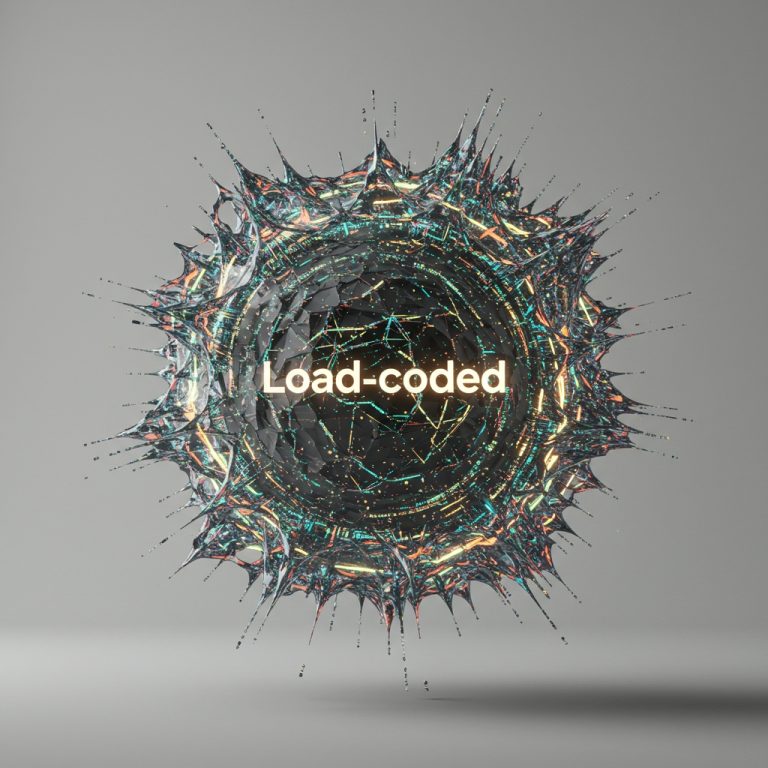How To Create Your Own Cryptocurrency In 5mins?
How To Create Your Own Cryptocurrency In 5mins? (A Quick Step By Step Guide) , Curious about launching your own digital currency but don’t have a technical background? Discover how to create your own cryptocurrency in just 5 minutes with this simplified, step-by-step guide! Whether you’re an entrepreneur, tech enthusiast, or someone exploring blockchain opportunities, this article breaks down the process in the most beginner-friendly way possible. Learn the difference between coins and tokens, choose the right blockchain platform (like Ethereum, Binance Smart Chain, or Solana), and use tools like CoinTool or TokenMint to generate your own crypto without writing a single line of code. We’ll also explain how to name your token, define its supply, add functionality (like minting or burning), and make it tradable. You’ll even get tips on launching it to the public and promoting it through listing platforms and social media.
This guide is designed to help you go from idea to token launch quickly and efficiently, with zero coding skills required. If you’ve ever wondered how new coins like meme tokens or niche project tokens are created so fast, you’re about to learn the secret. Get ready to step into the world of crypto creation today—it’s faster and easier than you think!
How To Create Your Own Cryptocurrency In 5mins? (Easy Method Below)

The Process Behind Creating a Cryptocurrency
Developing a cryptocurrency involves a solid grasp of blockchain technology—the foundation that allows digital currencies to function in a decentralized and transparent way.
The journey begins by defining the goal of your cryptocurrency. What issue is it designed to address? In what way will it benefit users? Clearly identifying these objectives is crucial, as they shape the features, structure, and overall purpose of the new digital coin.
A Beginner’s Guide to Picking a Blockchain Platform
The following step is selecting a blockchain platform. This choice will be influenced by the specific goals of the cryptocurrency. For example, if the objective is to build a coin with customized capabilities, developing a new blockchain may be ideal. This method allows for maximum flexibility but demands significant technical expertise and resources.
Another approach is to modify an existing blockchain. This means adopting the open-source code of a current blockchain and adjusting it to meet particular requirements. It’s less demanding in terms of resources but still calls for some coding experience.
A third method is to launch a token on a pre-existing blockchain. This route is the easiest technically and works best for creators looking to build a cryptocurrency without managing the complexities of blockchain infrastructure.
Designing Your Own Digital Currency
Designing your digital currency is a crucial step that shapes how it functions and interacts with users. This phase comes after selecting a blockchain platform and involves defining the total coin supply, how coins will be distributed, and the consensus mechanism that powers the network.
The consensus mechanism is especially vital—it’s the system that ensures transactions are validated securely and fairly across the blockchain. The two most widely used methods are Proof of Work (PoW) and Proof of Stake (PoS). PoW relies on computational power to verify transactions, offering high security but consuming more energy. PoS, on the other hand, selects validators based on the amount of cryptocurrency they hold, offering a more energy-efficient and scalable alternative.
Choosing the right design and consensus system directly impacts your cryptocurrency’s efficiency, security, and user experience.
Compliance and Legal Aspects of Cryptocurrency
Before launching your digital currency, it’s essential to understand the legal and regulatory landscape that surrounds cryptocurrency. Different countries have different rules regarding the creation, sale, and use of digital assets, and staying compliant is key to avoiding fines or shutdowns.
You’ll need to research licensing requirements, tax obligations, anti-money laundering (AML) laws, and Know Your Customer (KYC) regulations. These ensure your project operates transparently and meets government standards.
For example, in the United States, certain tokens may be classified as securities and must comply with SEC regulations. In the European Union, data protection laws like GDPR may apply if your platform collects user information.
Consulting a legal expert in blockchain regulations is strongly recommended. Proper compliance not only protects your project legally but also builds trust among investors and users—making it a foundational step in launching any successful cryptocurrency.
Maintenance and Growth Tips for Your Cryptocurrency
Once your cryptocurrency is launched, the work doesn’t stop there. Ongoing maintenance is crucial to ensure the network runs smoothly and remains secure. This includes regularly updating the software, fixing bugs, and monitoring for potential security threats.
Growing your cryptocurrency involves building a strong community and encouraging adoption. Engage users through transparent communication, offer incentives like staking rewards or airdrops, and partner with exchanges to increase accessibility.
For more detailed strategies on boosting your crypto’s reach, check out our guide on How to Build a Cryptocurrency Community. Continuous development and innovation—such as adding new features or improving scalability—also help keep your currency competitive in the fast-evolving crypto market. By combining solid maintenance with strategic growth efforts, you can help your cryptocurrency thrive long-term.
Frequently Asked Questions (FAQs)
1. What is a cryptocurrency?
A cryptocurrency is a digital currency secured by cryptography, operating on decentralized blockchain technology. It enables secure peer-to-peer transactions without intermediaries. For a detailed beginner’s guide, check out Our Introduction to Cryptocurrency.
2. How do I create my own cryptocurrency?
Creating a cryptocurrency involves choosing a blockchain platform, designing key features like supply and distribution, and deploying it. You can build a new blockchain, fork an existing one, or create a token on platforms like Ethereum. For step-by-step instructions, see this guide on How to Create a Cryptocurrency.
3. What is the difference between Proof of Work and Proof of Stake?
Proof of Work (PoW) requires miners to solve complex puzzles to validate transactions, using significant energy. Proof of Stake (PoS) chooses validators based on their coin holdings, making it more energy-efficient. Learn more about these consensus mechanisms at Binance Academy’s Explanation of PoW vs PoS.
4. Are cryptocurrencies legal?
Cryptocurrency legality varies globally. Some countries embrace them with clear regulations; others impose restrictions. It’s important to research local laws before starting. The CoinTelegraph Legal Guide provides an overview of crypto regulation by region.
5. How can I ensure my cryptocurrency is secure?
Security depends on strong cryptography, a robust consensus method, regular updates, and audits. Hiring experienced developers and performing security checks are crucial. For security best practices, visit Ledger’s Cryptocurrency Security Tips.
6. What is a consensus mechanism?
A consensus mechanism is the method blockchain networks use to agree on valid transactions and maintain integrity. It ensures all participants share the same blockchain version. For more on consensus algorithms, see Ethereum Foundation’s Consensus FAQ.
7. Can I modify an existing blockchain to create my cryptocurrency?
Yes. Forking or customizing an open-source blockchain code is a common way to launch a new coin with specific features. This saves time versus building from scratch. Read more about blockchain forks at Blockgeeks’ Forks Explained.
8. How do I promote adoption of my cryptocurrency?
Building community trust through transparency, offering incentives like staking rewards or airdrops, and listing your coin on exchanges help increase adoption. For marketing strategies, check out Coin Bureau’s Guide to Cryptocurrency Marketing.















